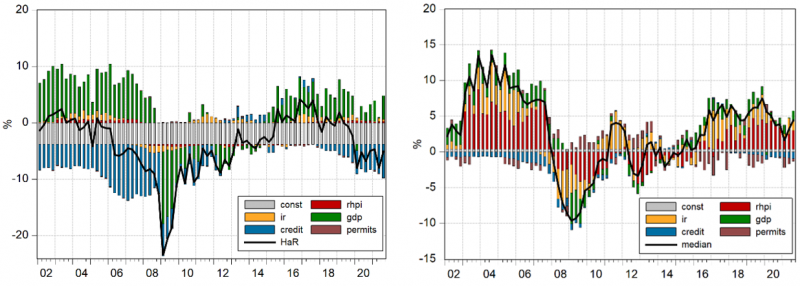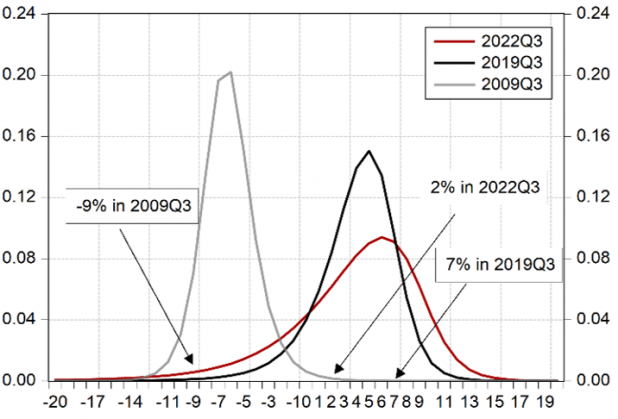References
Adrian T., Boyarchenko N, Giannone D (2019): Vulnerable growth, American Economic Review, 109(4): 1263-1289.
Aikman D, Bridges J, Hoke SH, O’Neill C, Raja A (2019): Credit, capital and crisis: a GDP-at-risk approach, Staff Working Paper No. 824, Bank of England.
Cevik S, Naik S (2022): Don’t Look Up: House Prices in Emerging Europe. IMF Working Paper, WP/22/236. International Monetary Fund.
Croatian Bureau of Statistics (2023): Database.
Croatian National Bank (2023): Internal database.
Croatian National Bank (2017): Financial Stability Report, No 18.
Croatian National Bank (2014): Financial Stability Report, No 12.
ESRB (2022): Vulnerabilities in the residential real estate sectors of the EEA countries. European Systemic Risk Board.
Eurostat (2023): Database, available at: https://ec.europa.eu/eurostat/data/database
IMF (2019): Global Financial Stability Report. Downside Risks to House Prices, International Monetary Fund.
O’Brien M., Wosser M. (2018): An Early Warning System for Systemic Banking Crises – A Model-Robust Approach, Research Technical Paper Series No. 9, Central Bank of Ireland.
Lang J.H., Pirovano M., Rusnak M., Schwarz C. (2020): Trends in residential real estate lending standards and implications for financial stability, Financial Stability Review. European Central Bank.
O’Brien M, Staunton D, Wosser M (2022): Recurrent Property Taxes and house price risks. Economic Letter No.4. Central Bank of Ireland.






